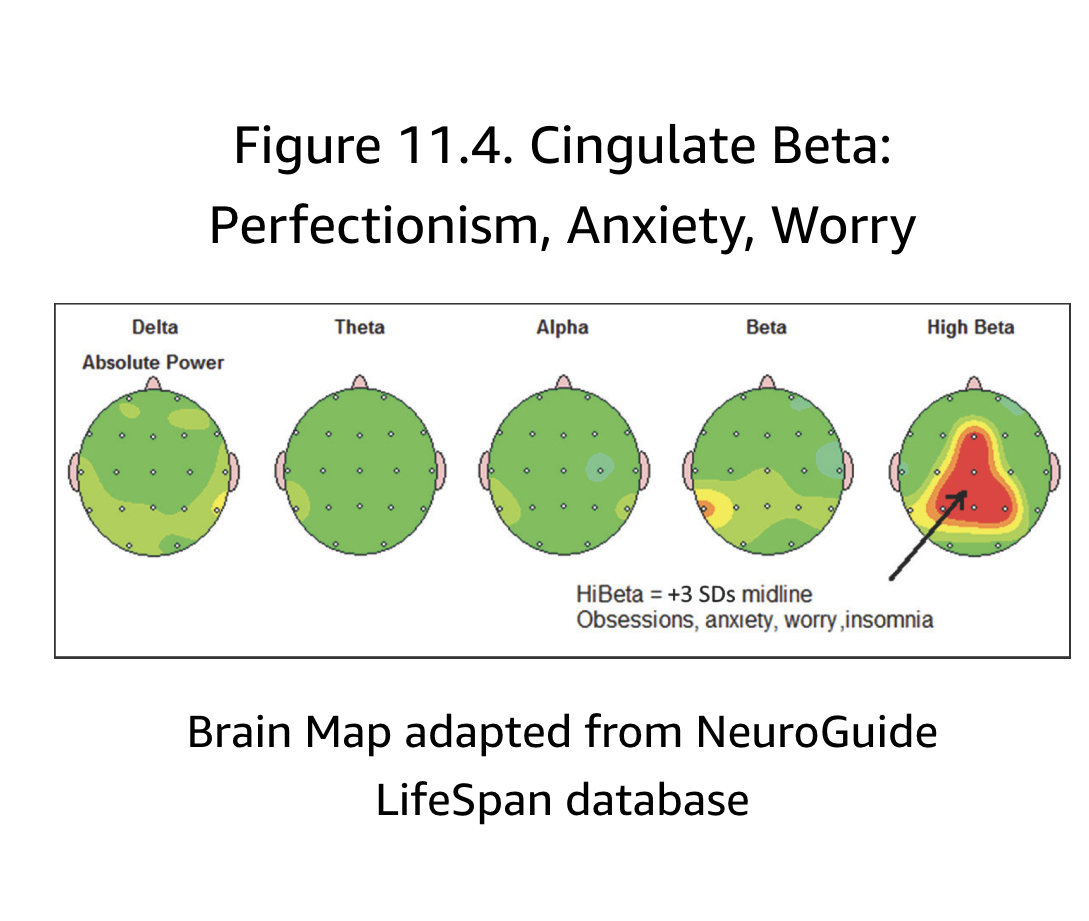Anxiety and Stress Center
The American Psychology Association (APA) defines anxiety as “an emotion characterized by feelings of tension, worried thoughts and physical changes like increased blood pressure.” Anxiety and worries are a part of everyday life. You are likely no stranger to feeling anxious about important things in your life such as finances, health, or relationships for example. However, a medically diagnosed anxiety disorder goes beyond the typical feelings of worry or stress. Instead of these feelings subsiding or decreasing, the anxiety felt by those with anxiety disorders does not go away and can increasingly amplify if not properly addressed or treatment is sought out. These feelings of anxiety affect and can disable the individual from participating in and / or significantly affects their normal ability to do daily activities and obligations such as their job, relationships, or schoolwork. Anxiety in women can differ from men. Specifically, women are significantly higher to be diagnosed with anxiety than men. And women tend to cope with anxiety with avoidance, whereas men lean more toward substance abuse.
Signs of Anxiety
Well, to help with that, here are how mental health professionals using the DSM-V define an anxiety disorder:
An anxiety disorder exists if an individual presents:
1. Excessive anxiety and worry occurring more days than not for at least 6 months, about typical
events or activities
2. Difficulty to control or inability to get feelings of fear or worry to subside or decrease
3. Exhibiting at least three of the six typical symptoms more days than not for at least 6 months:
a. Feeling of restlessness or on edge
b. Fatigued easily
c. Difficulty concentrating or mind going blank
d. Irritability
e. Muscle tension
f. Sleep disturbance
4. Issues are not explained or associated with another existing mental disorder
5. Anxiety, worry, or physical symptoms cause clinically significant distress or impairment in social,
occupational, or other important areas of functioning
6. Problems are not a result of the effects of a substance (e.g., a drug of abuse, a medication) or
another medical condition
Anxiety disorders include generalized anxiety disorder, panic disorder, social anxiety disorder, and various phobia-related disorders. These disorders currently affect 40 million adults or 19.1% of the U.S. Adult population as reported by the Anxiety and Depression Association of America (ADAA, 2022). Unfortunately, in today’s society, children are no exception. The ADAA also reports anxiety disorders affect 31.9% of adolescents between the ages of 13 and 18 years old. If not treated, these adolescents become increasingly at risk of their anxiety affecting their school performance, social interaction, and increasing the likeliness of engaging in substance abuse.
How is anxiety commonly treated?
Anxiety disorders are most often treated by psychotherapy and medications or a combination of the two. Two of the most common psychotherapy techniques shown to treat anxiety disorders are cognitive behavioral techniques such as exposure therapy as well as acceptance and commitment techniques such as mindfulness.
Stress management techniques
Relaxation and self-calming therapy techniques
Anti-anxiety or anti-depressant medications
Anxiety Treatment Plan
How can Neurofeedback help with Anxiety?
The image above it shows the comparison of brains. The image under “High Beta” is typically seen in individuals with anxiety, insomnia and whose brains won't “shut off.” Typically, when Beta waves are too high, that indicates that anxiety in that person is also likely to be high. Neurofeedback trains the brain to dim or reduce these waves in the area of the brain it affects, thus, creating new pathways and teaching the brain to be balanced. If you are looking to eventually get off your medication or have tried other treatments that seem not to work, neurofeedback may be the answer for you!
An early study conducted by Passini et al. (1977) used 10 hours of alpha neurofeedback training, comparing 25 anxiety patients (23 of whom were alcoholics) with a control group of 25 anxiety patients (22 were alcoholics). Alpha neurofeedback training showed significant changes in anxiety compared to the control group. An 18-month follow-up of these patients was published, with nearly identical results of lower anxiety due to neurofeedback (Watson CG, Herder J, Passini F, 1978). (see our Research page for more).
Neurofeedback Therapy near Houston in League City, The Woodlands and Utah County
Our clinicians support and assist clients in connecting with their authentic selves and learn to be their best selves. Also, behaviors will be evaluated that are not currently working for them. We utilize the Neurofeedback therapy modality. The neurofeedback modality is research-based and shows success based on the particular issues and the client.
Anxiety therapy near Houston in League City & The Woodlands
Our greatest desire at ADHD and Neurofeedback is to help each feel comfortable and hopeful about their therapy process. If you are near Houston or The Woodlands and need Anxiety treatment, please get in touch with us with any questions or concerns. We also offer a free consultation to help assess how an anxiety therapist near Houston can benefit you and help you to feel peace and happiness again. We provide Neurofeedback therapy services in both Houston, The Woodlands areas and Utah County.
Getting Started with EEG Neurofeedback (Second). (2019, January 22). W. W. Norton & Company.
(Getting Started With EEG Neurofeedback, 2019)


